Tips
How to measure a front door
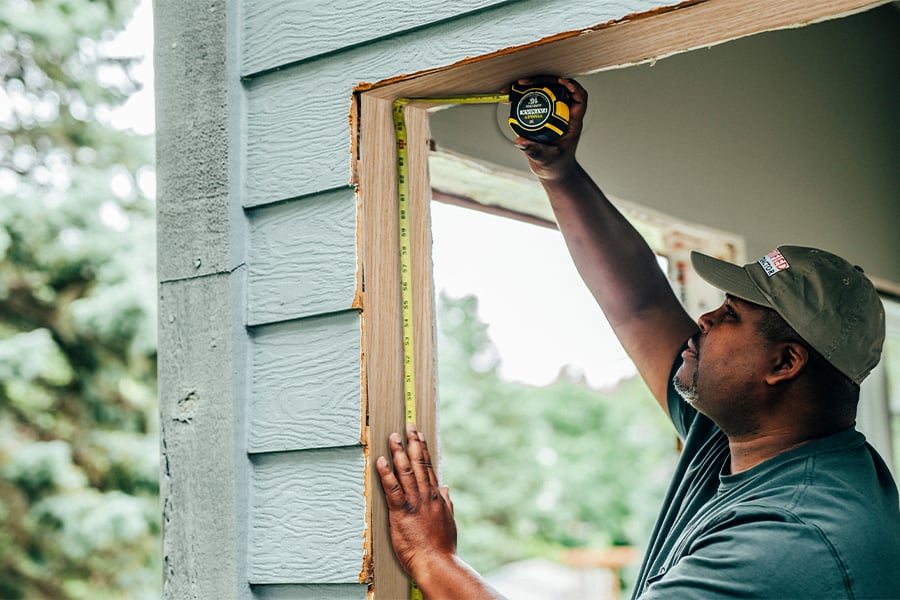
What to measure
To measure a door accurately, you need to measure the frame, rough opening, jamb thickness, and panel.
- The frame is the outer structure that your door panel fits into when you close your door.
- The rough opening is the space in the wall where your door is installed.
- The jamb depth (or frame depth) is the thickness of your wall.
- The panel is the part of your door that swings open (or operates). When you think of a door, the panel is likely what you imagine.
Hint: It can be helpful to review the parts of a front door before measuring.
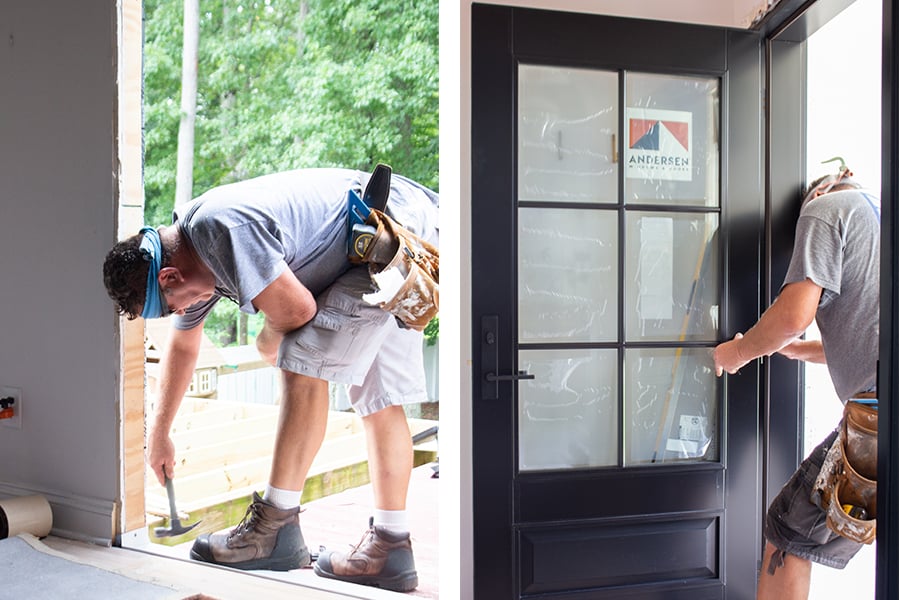
How to measure a single door
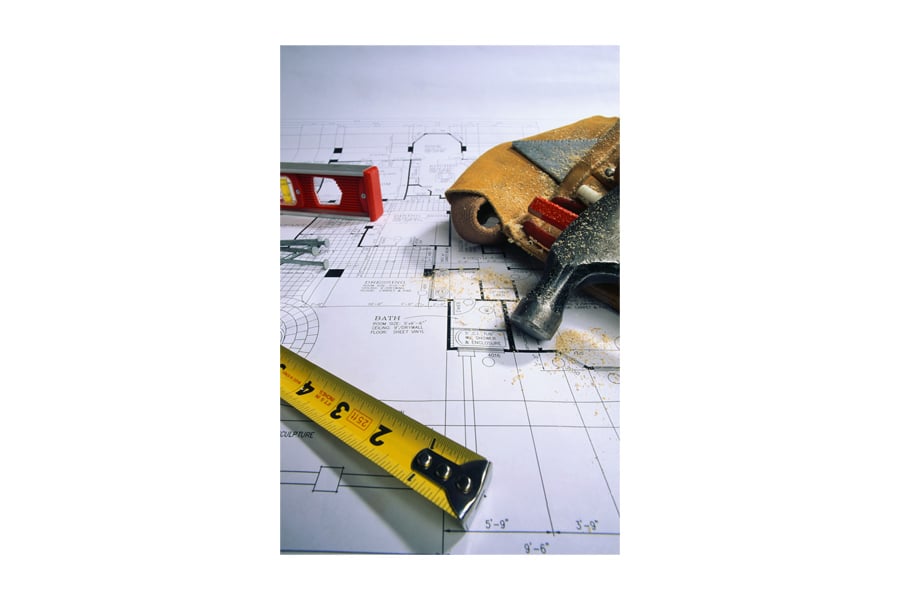
1. Gather your supplies.
You’ll need a tape measure, pencil, and paper.

2. Measure the panel’s width
From the top, center, and bottom. Write down all three measurements. If they vary, use the shortest dimension.
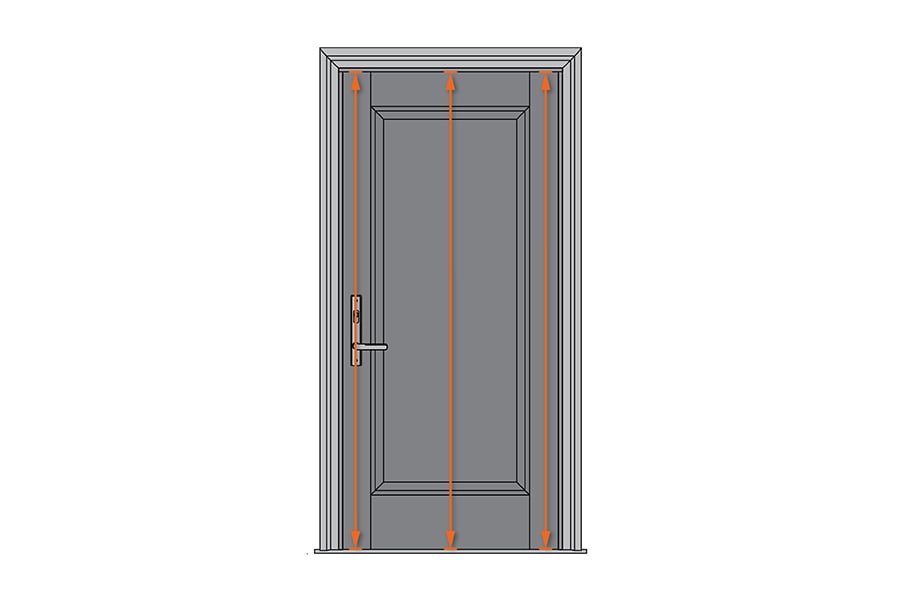
3. Measure the panel’s height
From the left, center, and right. Write down all three measurements. If they vary, use the shortest dimension.

4. Measure the jamb depth (frame depth)
To do this, open the door and measure along the frame from the back of the exterior trim to the back of the interior trim.
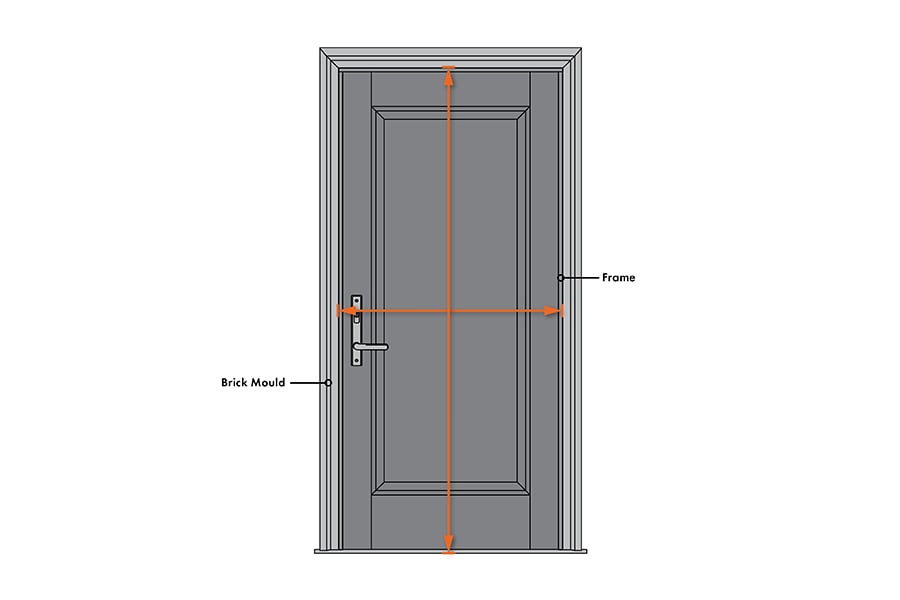
5. Measure the frame
To do this, go outside and check if your door has brickmould (or exterior trim) overlapping the door frame.
If there’s no overlap, measure width from the outer edge of the frame on one side to the outer edge of the frame on the other side. Measure at the top, middle, and bottom of the door and use the smallest dimension. Next, measure the height from the top edge of the frame down to the bottom of the sill on the left, middle, and right. Use the smallest dimension.
If you have brickmould that appears to overlap the frame, you’ll need to take this measurement from the inside. This will require removing your interior trim (or casing) so you can see the frame. Once you remove the casing, take the same width and height measurements described above.
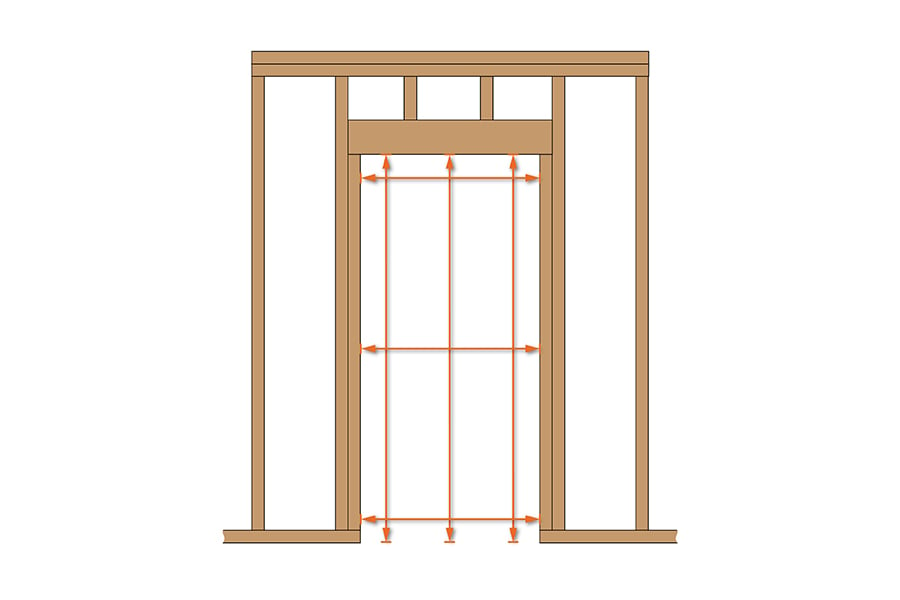
6. Measure the rough opening
The most accurate way to do this is by removing the casing surrounding your door. You would then measure the width between the studs (or sides of the rough opening). Again, we recommend taking three measurements from the top, center, and bottom of the opening and using the smallest dimension. Then, measure from the header (beam at the top of the rough opening) down to sub-floor (floor beneath the door’s sill and finished floor). Again, take three measurements from left, center, and right and use the smallest dimension.
If you’re ready to order a new door but don’t want to take on measuring yourself, it might be time to contact an Andersen Certified Contractor.
Why is it necessary to take all these various measurements?
Measuring the panel is a way to uncover two things: One, is your door a non-standard size? If so, you’ll want to match that size. Two, have you measured correctly? If the current door’s panel and new door’s panel vary greatly in size, you probably want to measure again.
Similarly, you want to measure jamb depth to make sure your wall isn’t extra thick. Although there are three industry standard wall thicknesses — 4 9/16”, 5 9/16”, and 6 9/16” — your wall could fall outside of what’s standard for a variety of reasons. If your wall’s a non-standard thickness, you want to make sure your new door is the same.
We sell non-standard size doors in addition to standard size doors, and you can specify the size down to 1/8 of an inch.
Types of front doors
How to measure a front door with a sidelight, transom, or both
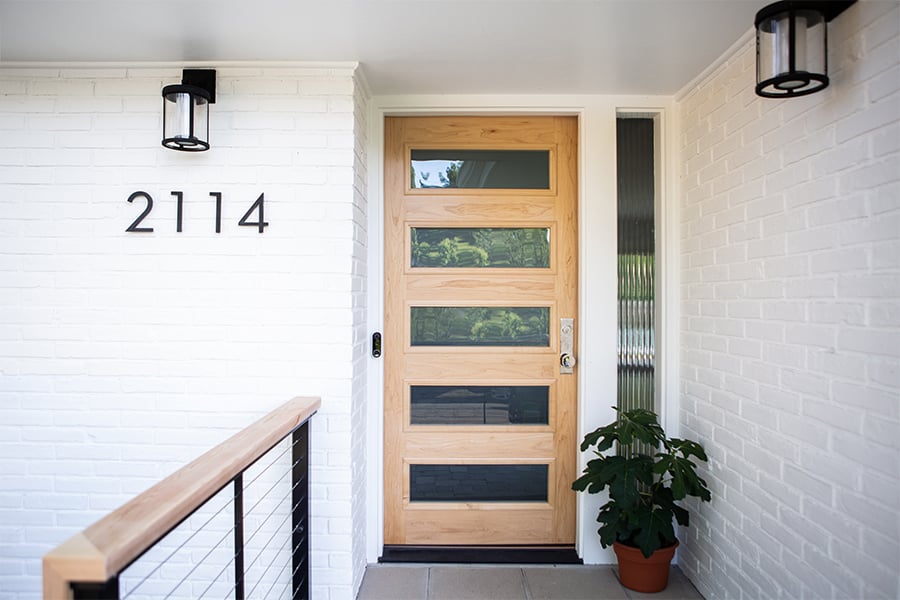
How to measure a double door
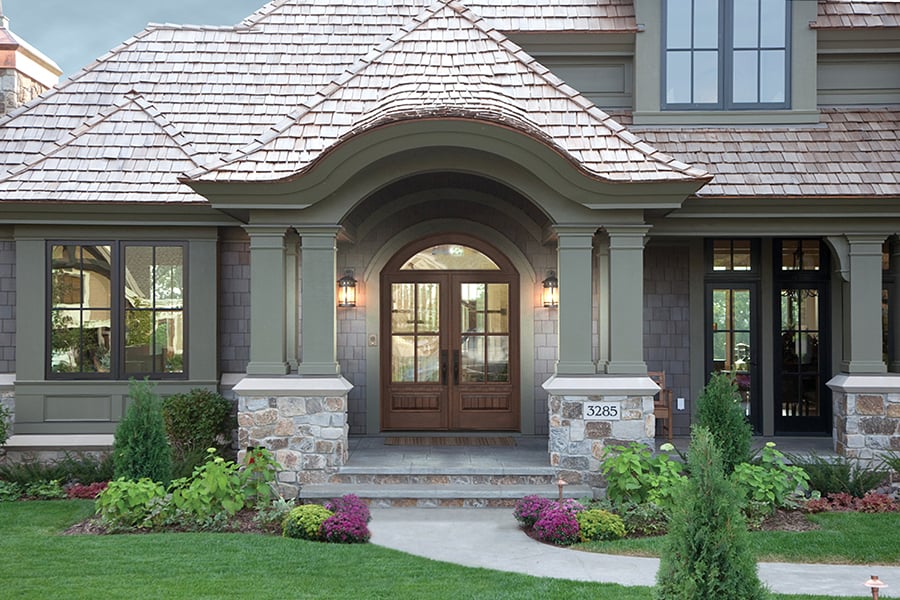
What to keep in mind when replacing a front door
Remember, Andersen Certified Contractors have specialized window and door installation knowledge and can help with front door project — find one in your area.
